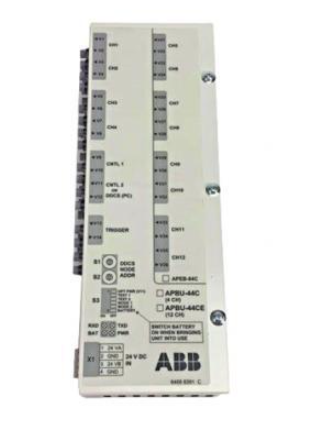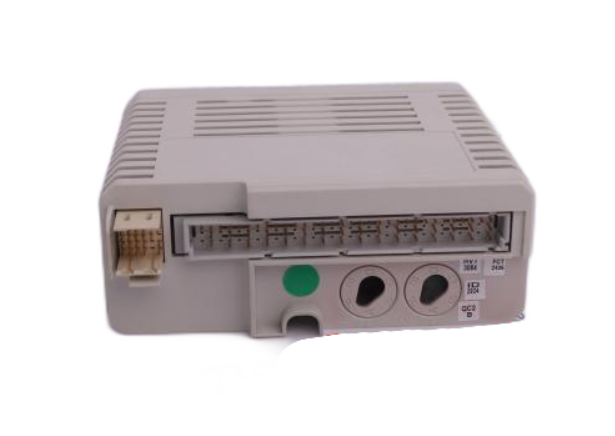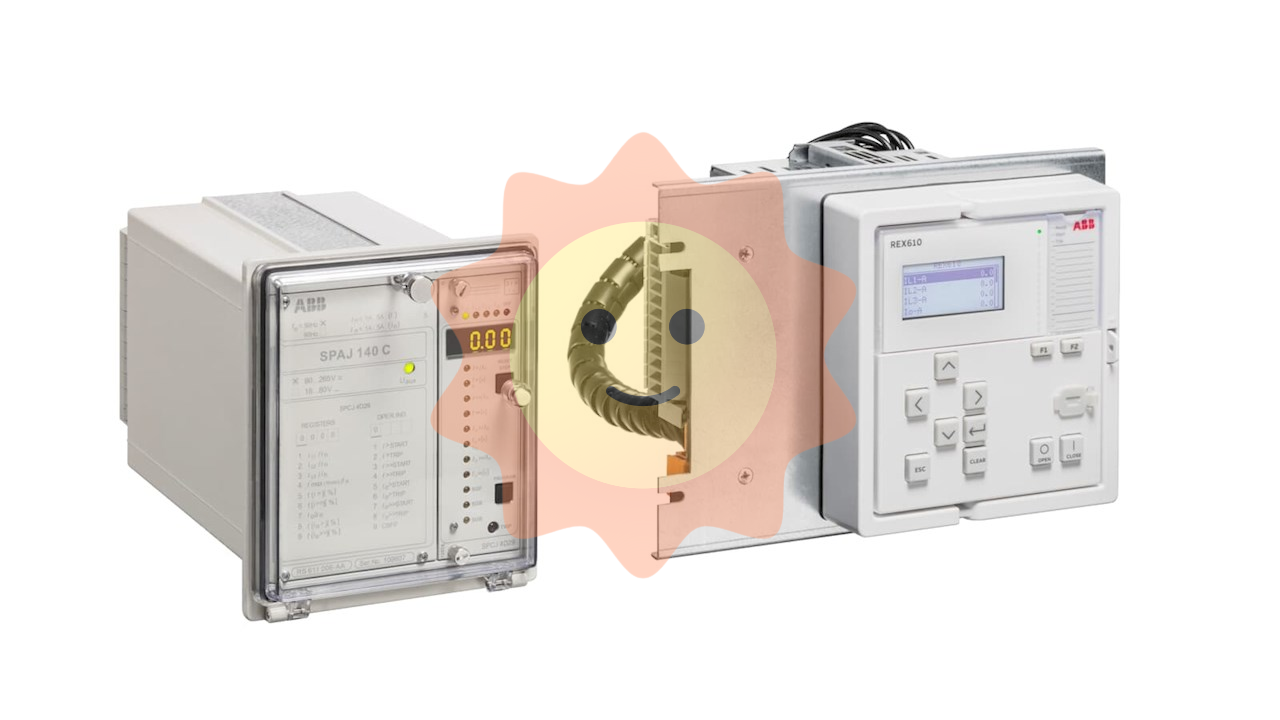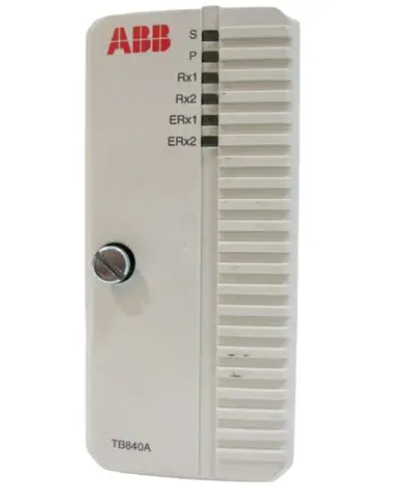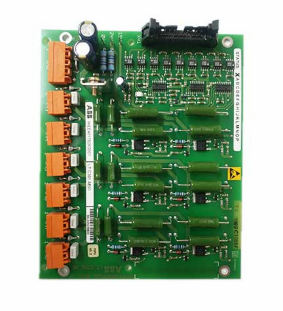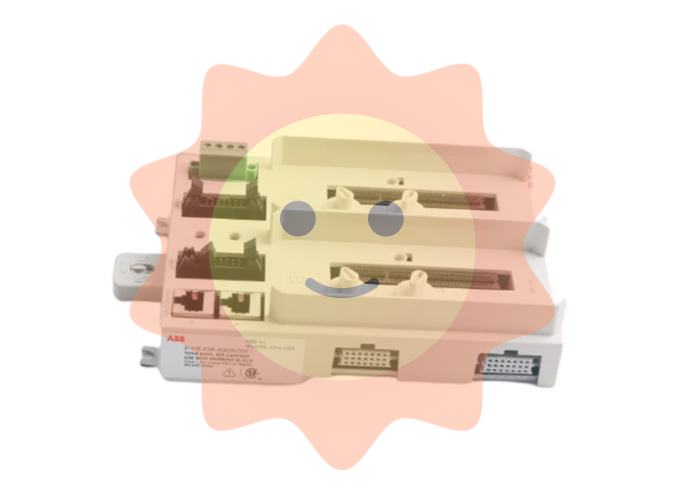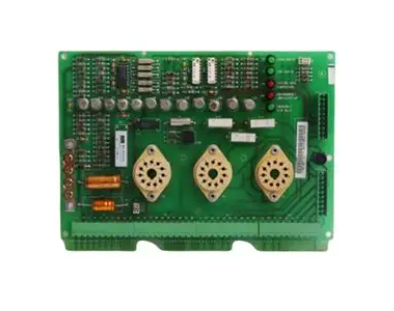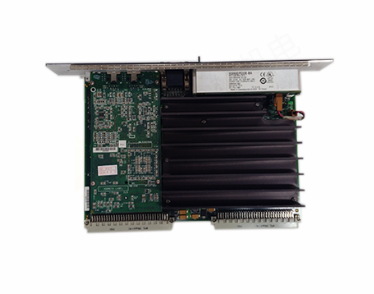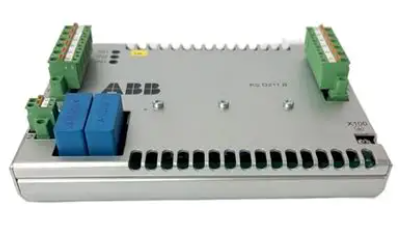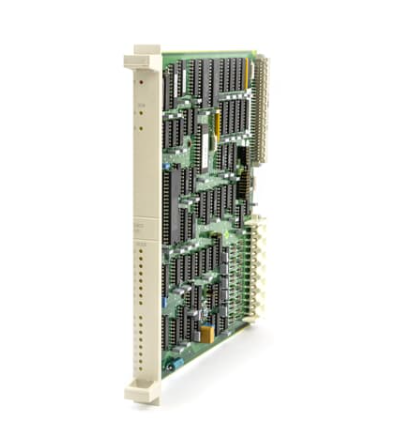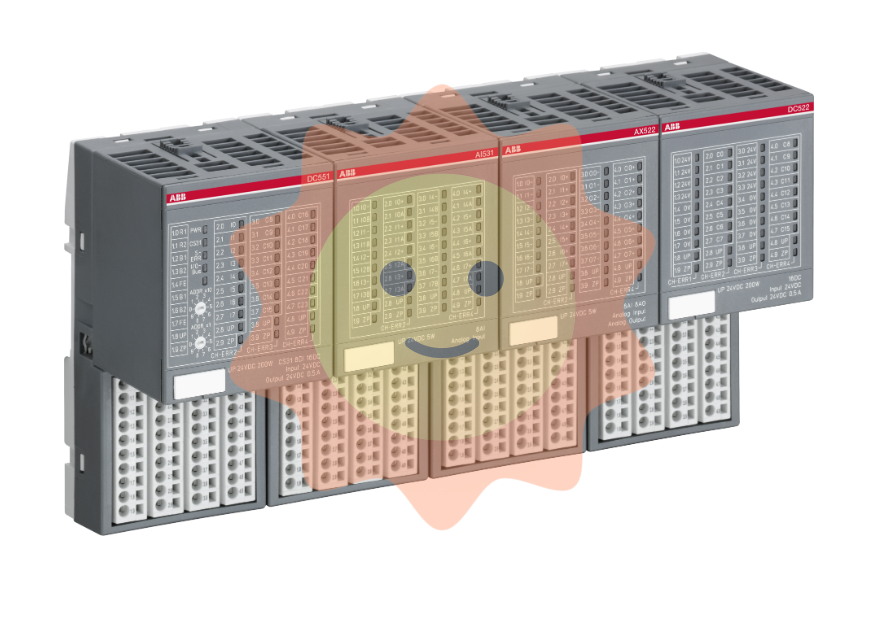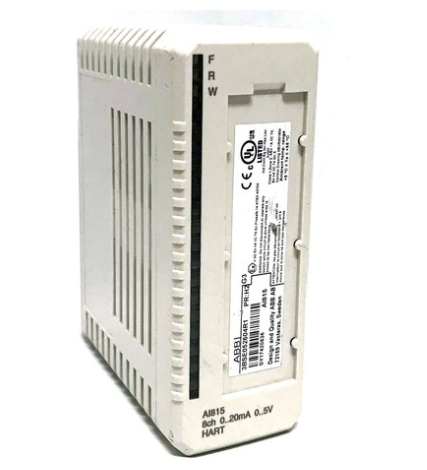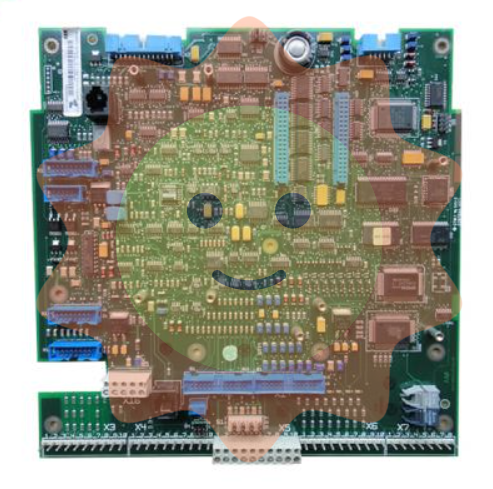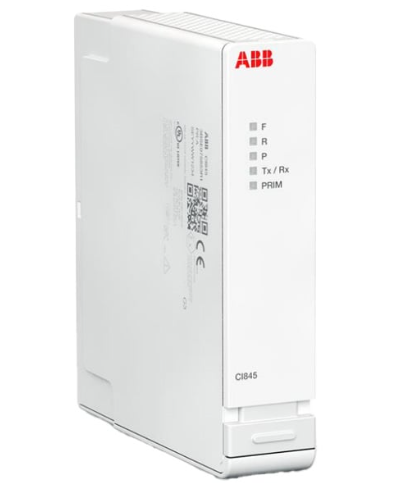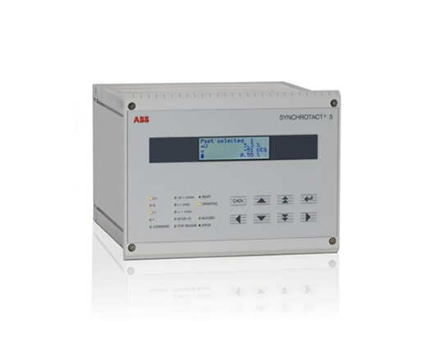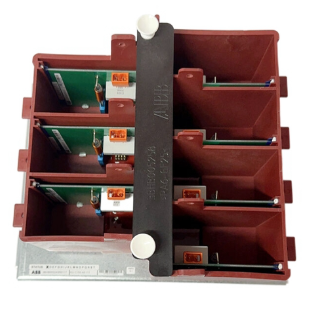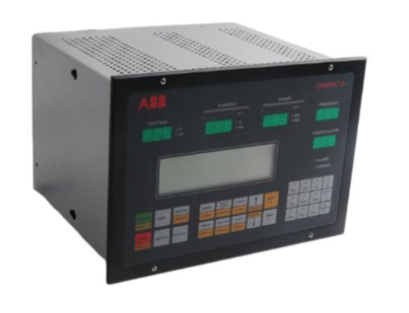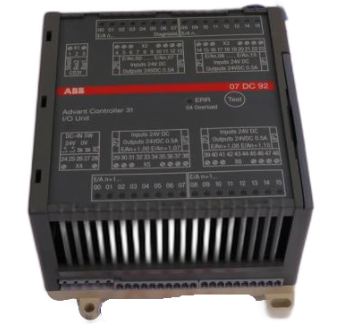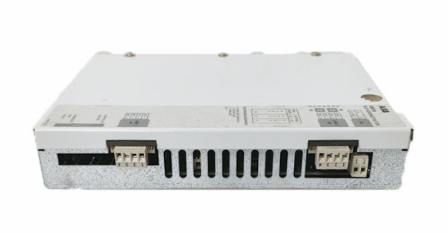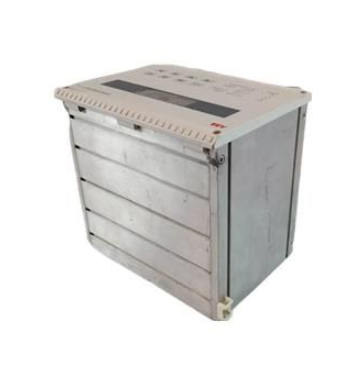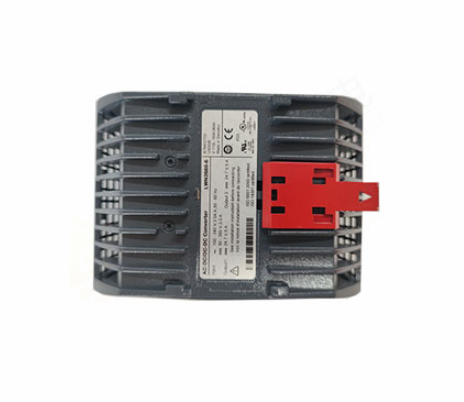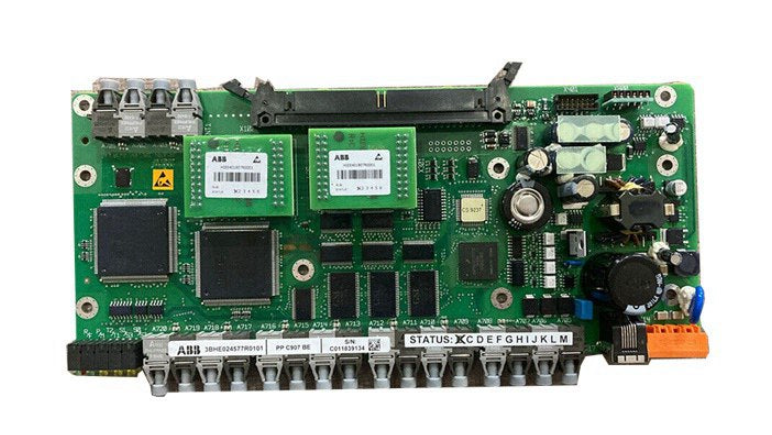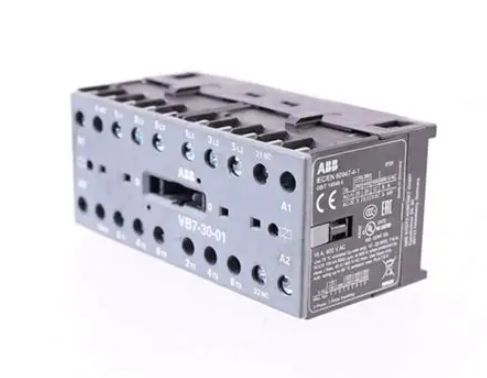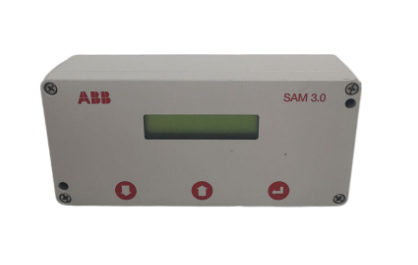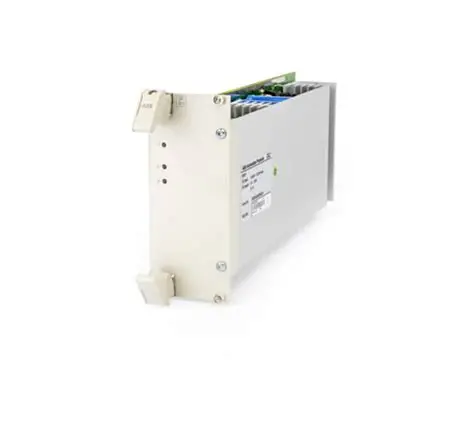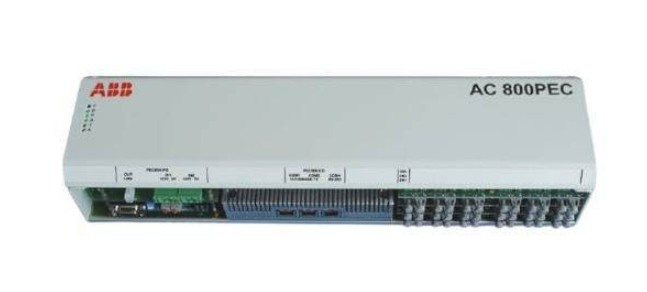ABB AI610 – 32 Channel 12-bit Analog Input Module
With 32 input channels, it supports common analogue signals such as 4-20mA, 0-10V, etc. It adopts 12-bit resolution with an accuracy of ±0.1% F.S. and a sampling rate of 1000Hz. It supports various communication protocols such as Modbus RTU, Profibus DP, etc., and realises data interaction through standard interfaces such as RS485, Ethernet, etc., and adopts detachable terminal block wiring. The module adopts compact design, supports 35mm DIN rail mounting, protection class IP20, working temperature - 40℃ - 70℃.
Functional characteristics
High-precision data acquisition
Advanced A/D conversion technology: Built-in high-performance A/D converter, combined with 12-bit resolution and high sampling rate, can achieve accurate acquisition and fast conversion of analogue signals. Whether it is a slowly changing process parameters (such as temperature, pressure), or rapidly changing signals (such as flow, vibration), can be accurately captured and converted to digital signals, providing a reliable data base for the control system.
Calibration and Compensation Function: With automatic calibration and manual calibration function, users can calibrate the module periodically to ensure the measurement accuracy. At the same time, it supports linear and non-linear compensation algorithms, which can correct the measurement data according to the characteristics of the sensor to further improve the measurement accuracy. For example, for sensors with non-linear output characteristics, the non-linear compensation function can make the collected data closer to the true value .
Powerful signal processing capability
Filtering function: Each channel has built-in digital filtering function, supporting a variety of filtering methods, such as mean filtering, median filtering, weighted average filtering and so on. Users can choose the appropriate filtering method and filtering parameters according to the actual application requirements, effectively suppressing the noise interference in the signal and improving the stability and reliability of the signal. In the case of electromagnetic interference or mechanical vibration in industrial sites, the filtering function can significantly improve the data quality.
Over-limit alarm function: the upper and lower alarm thresholds can be set for each channel, when the collected analogue data exceeds the preset threshold range, the module can send out an alarm signal in time and transmit the alarm information to the controller or host computer through the communication interface. Alarm mode supports hardware alarm (e.g. relay output) and software alarm (e.g. alarm flag bit in the communication protocol), which is convenient for users to discover and deal with abnormal situations in time.
High reliability and stability
Redundancy design: Some models of AI610 modules support redundancy configuration to improve the reliability of the system by means of dual-module redundancy or power supply redundancy. In dual-module redundancy configuration, when the main module fails, the standby module can automatically switch over and take over the data acquisition task, ensuring uninterrupted operation of the system and reducing the risk of production interruption caused by module failure.
Anti-interference design: Multi-layer circuit board design and shielding technology are adopted to effectively suppress electromagnetic interference and radio frequency interference. At the same time, the power supply circuit inside the module has been optimised and designed with good power filtering performance, which can resist the influence of grid voltage fluctuation and power supply noise and ensure stable operation in the complex industrial electromagnetic environment.
Self-diagnostic function: Built-in perfect self-diagnostic mechanism can monitor the working status of the module in real time, including power supply status, communication status, channel faults, etc. When a fault is detected, the module can detect it. When a fault is detected, the module can output fault information through the indicator or communication protocol, which is convenient for users to quickly locate and troubleshoot, reducing maintenance costs and downtime.
Precautions
Installation and wiring
Installation environmental requirements: it should be installed in a dry, well-ventilated environment without corrosive gases and dust, and avoid installing it in places with high temperature, humidity and strong electromagnetic interference. The installation location should be far away from heat and vibration sources to ensure the normal operation of the module.
Wiring specification: When connecting the cables, it should be operated in strict accordance with the wiring diagram and manual of the module. Analogue signal lines should be shielded cables, the shield should be reliably grounded to reduce electromagnetic interference. Different types of analogue signals (such as voltage signals and current signals) should be wired separately to avoid signal crosstalk. At the same time, ensure that the power line is connected correctly to avoid reverse or short circuit .
Use and Operation
Parameter setting: Before using the module, the parameters of the module should be set correctly according to the actual application requirements, such as input signal type, range, filtering mode, alarm threshold, etc.. Improper parameter setting may lead to data acquisition errors or system failure, so the parameters should be carefully checked and verified after setting.
Communication Configuration: When the module communicates with the controller, it should ensure that the communication protocol and communication parameters (such as baud rate, address, data format, etc.) are set consistently. In the communication process, if there is an abnormal data transmission, you should check whether the communication cable connection is firm, whether the communication interface is damaged, and troubleshooting through diagnostic tools .
- EMERSON
- Honeywell
- CTI
- Rolls-Royce
- General Electric
- Woodward
- Yaskawa
- xYCOM
- Motorola
- Siemens
- Rockwell
- ABB
- B&R
- HIMA
- Construction site
- electricity
- Automobile market
- PLC
- DCS
- Motor drivers
- VSD
- Implications
- cement
- CO2
- CEM
- methane
- Artificial intelligence
- Titanic
- Solar energy
- Hydrogen fuel cell
- Hydrogen and fuel cells
- Hydrogen and oxygen fuel cells
- tyre
- Chemical fiber
- dynamo
- corpuscle
- Pulp and paper
- printing
- fossil
- FANUC
- Food and beverage
- Life science
- Sewage treatment
- Personal care
- electricity
- boats
- infrastructure
- Automobile industry
- metallurgy
- Nuclear power generation
- Geothermal power generation
- Water and wastewater
- Infrastructure construction
- Mine hazard
- steel
- papermaking
- Natural gas industry
- Infrastructure construction
- Power and energy
- Rubber and plastic
- Renewable energy
- pharmacy
- mining
- Plastic industry
- Schneider
- Kongsberg
- NI
- Wind energy
- International petroleum
- International new energy network
- gas
- WATLOW
- ProSoft
- SEW
- wind
- ADVANCED
- Reliance
- YOKOGAWA
- TRICONEX
- FOXBORO
- METSO
- MAN
- Advantest
- ADVANCED
- ALSTOM
- Control Wave
- AB
- AMAT
- STUDER
- KONGSBERG
- MOTOROLA
- DANAHER MOTION
- Bently
- Galil
- EATON
- MOLEX
- Triconex
- DEIF
- B&W
- ZYGO
- Aerotech
- DANFOSS
- KOLLMORGEN
- Beijer
- Endress+Hauser
- MOOG
- KB
- Moxa
- Rexroth


Email:wang@kongjiangauto.com







